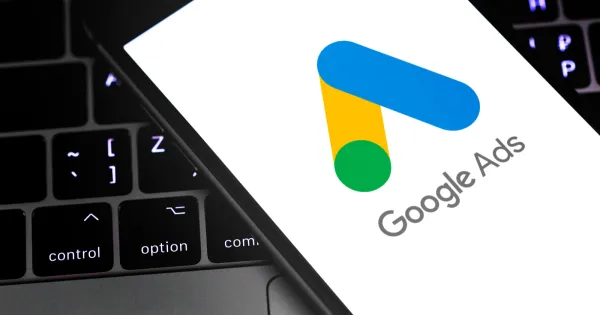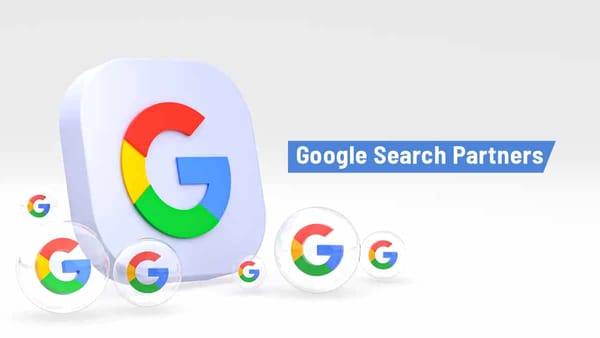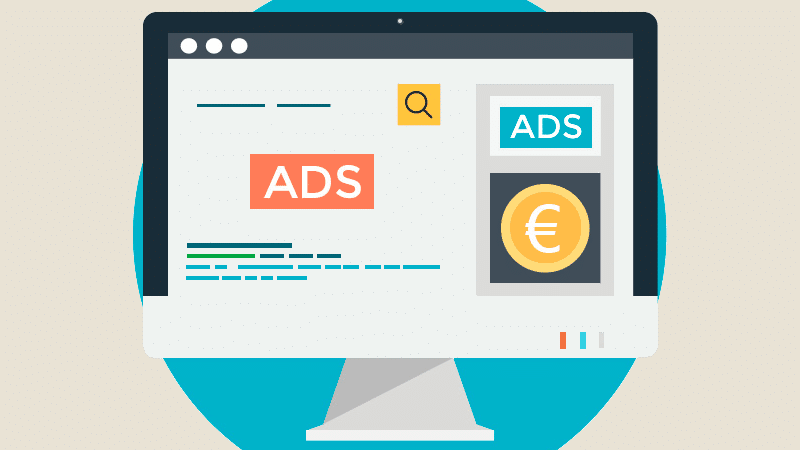Why Meta Ads Might Not Be Working: Common Issues and Fixes

Introduction
Meta ads, which span across platforms like Facebook and Instagram, have become a core component of digital marketing for businesses around the globe. With their advanced targeting capabilities and vast user base, these ads have the potential to deliver significant results. However, at times, even the best campaigns can fail to meet expectations. If you’re running Meta ads but not seeing the desired results, you’re not alone.
In this article, we’ll explore some common reasons why your Meta ads might not be working, and provide actionable steps to fix the issues. Understanding the underlying causes of poor ad performance can help you troubleshoot effectively and get the results you want.
1. Poor Audience Targeting
One of the most common reasons Meta ads don’t perform as expected is poor audience targeting. If your ads are being shown to the wrong audience, they won’t be relevant, which means fewer clicks, conversions, and engagement. Here’s what to look out for:
- Broad Targeting: If your audience is too broad, your ad might be shown to people who have no interest in your products or services. Instead, focus on narrowing down your audience based on demographics, interests, and behaviors.
- Incorrect Custom Audiences: If you’re using Custom or Lookalike Audiences, double-check that the audience data is correctly set up. Using outdated or irrelevant data can lead to poor ad performance.
- Lack of Audience Testing: Not all audience segments are equally effective. Try testing different audience groups to see which ones bring the best results.
Solution: Refine your audience targeting by using more specific parameters. Consider using Lookalike Audiences, Interest-Based Targeting, and Custom Audiences to reach the right people.
2. Low-Quality Ad Creative
Your ad’s creative (images, videos, copy) plays a crucial role in determining whether people will engage with it or not. If your ad lacks visual appeal or is not clear, users are less likely to click on it.
- Unclear Messaging: If your ad’s message isn’t clear or doesn’t resonate with your audience, they might scroll right past it. Be sure that the text and images are aligned and convey the value proposition effectively.
- Unprofessional Design: Poorly designed ads that look unprofessional or cluttered can turn users away. A clean, attractive design will grab attention and encourage action.
- Irrelevant Visuals: Ensure your images or videos are relevant to the product or service you’re promoting. Avoid using generic stock images that might not resonate with your target audience.
Solution: Invest time and resources in creating high-quality ad creatives. Test different ad formats (carousel, video, image, etc.) and track which ones perform best.
3. Low Bid or Budget
If your ads aren’t reaching enough people, it could be because of insufficient budget or low bid settings. Facebook and Instagram ads are auction-based, so the bid you set determines how competitive your ad is.
- Low Bid Amount: If your bid is too low, your ad may not compete well in the auction, resulting in fewer impressions and clicks.
- Insufficient Budget: If your budget is too small, you may not be able to reach enough people to generate meaningful results.
Solution: Adjust your bid and budget to be competitive in the ad auction. Consider increasing the budget or adjusting your bid strategy (e.g., switching to automatic bidding) to get better results.
4. Ineffective Call-to-Action (CTA)
Your Call-to-Action (CTA) is a crucial part of your ad, as it guides users on what action to take next. If your CTA is weak or unclear, your audience may not know what to do.
- Unclear or Weak CTA: A vague CTA like “Learn More” doesn’t encourage users to take immediate action. It’s important to have a strong and action-oriented CTA like “Shop Now,” “Get Started,” or “Sign Up Today.”
- Misaligned CTA: If your CTA doesn’t match the ad’s content or landing page, users will be confused, leading to a poor user experience and lower conversion rates.
Solution: Use clear, direct CTAs that align with your campaign’s goals. Ensure the CTA matches the intent of the ad and directs users to a relevant landing page.
5. Poor Landing Page Experience
Even if your Meta ad is compelling, if the landing page isn’t optimized or doesn’t align with the ad, users may bounce off. This leads to wasted ad spend and poor campaign results.
- Slow Load Time: If your landing page takes too long to load, users might abandon it before even seeing your offer.
- Unoptimized Mobile Experience: Most social media users access Instagram and Facebook on their mobile devices. If your landing page isn’t mobile-friendly, users will leave without converting.
- Mismatched Offer: If the content of the landing page doesn’t match the promise made in the ad, users will feel misled, which can lead to higher bounce rates and lower conversion rates.
Solution: Ensure your landing page loads quickly, is mobile-friendly, and provides a seamless experience. Make sure the content on the landing page is aligned with the ad and delivers on the offer.
6. Ad Fatigue
Ad fatigue occurs when your audience sees the same ad too many times and becomes less responsive. Overexposure to the same message can make it feel stale and irrelevant.
- Overexposure to Ads: If your audience is seeing the same ad repeatedly, they may stop engaging with it.
- Lack of New Creatives: Continuously running the same creatives without refreshing them can lead to diminished performance.
Solution: Refresh your creatives periodically and experiment with different ad formats and messages to keep your audience engaged. Also, consider using frequency caps to prevent overexposure.
7. Poor Ad Placement
Choosing the right ad placement is crucial for ad performance. Meta ads can be displayed in various places, including Instagram’s feed, Stories, Facebook News Feed, and more. Some placements might work better than others depending on your target audience.
Solution: Test different ad placements, including Instagram feed, Stories, Facebook News Feed, and other placements available in Meta Ads Manager. Use Automatic Placements for wider reach, or choose Manual Placements to target specific locations.
Conclusion
There are several reasons why your Meta ads might not be working, ranging from poor targeting to ineffective ad creatives. By troubleshooting these common issues, you can optimize your campaigns and ensure that you’re reaching the right audience with the right message. Regularly testing and refining your ad strategy will help you improve your ad performance and get better results over time.
By understanding these potential pitfalls, you’ll be in a better position to troubleshoot your ads and make the necessary adjustments to maximize your return on investment.




